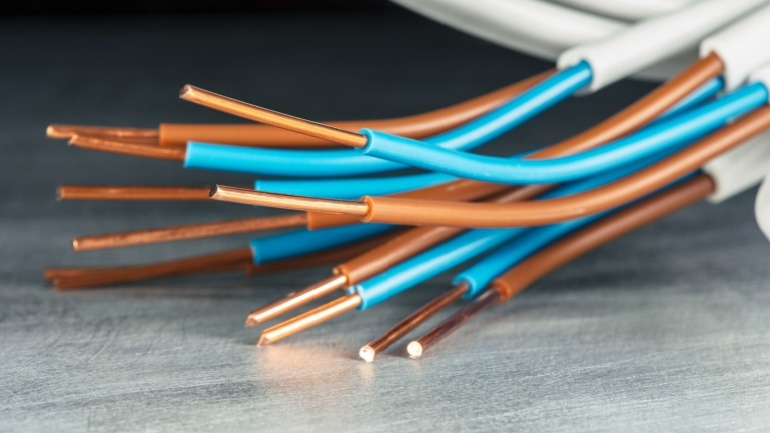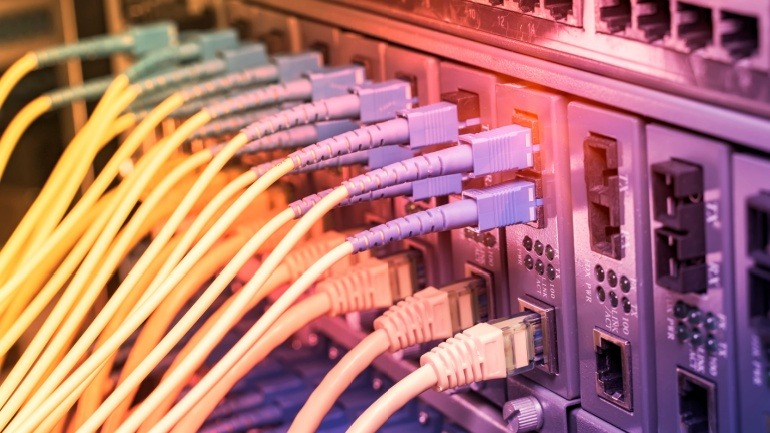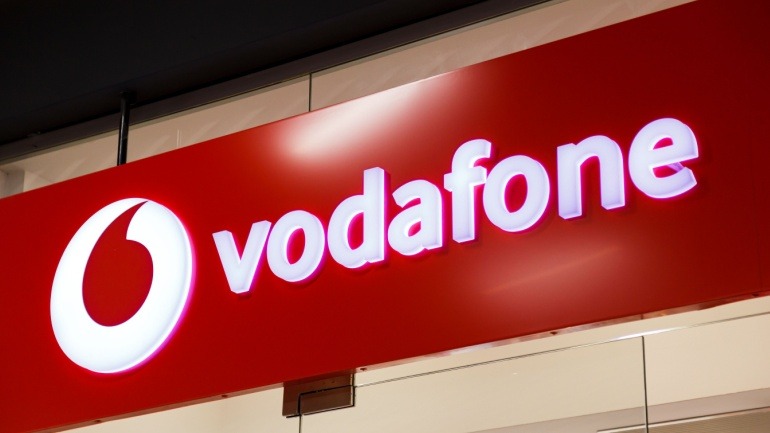European telecom operators face formidable challenges in phasing out copper networks by 2030, as highlighted in a BEREC report. The EU’s ambitious goal to enhance digital capacity with complete 5G and fiber connectivity underscores significant obstacles.
Hexa Capital Consultancy and Equinix have teamed up to enhance Asia-Pacific to U.S. connectivity via the groundbreaking MYUS cable. Targeting the burgeoning digital demands in Southeast Asia, this collaboration utilizes Equinix’s strategic data centers and a high-capacity fibre optic link to empower seamless international data connectivity.
Bell Canada Enterprises expands into the US market with a strategic CAD 7 billion acquisition of Ziply Fiber, marking its first venture into the US fibre space. This move enhances Bell’s reach, offering VoIP and fibre connectivity to millions, advancing its status among top fibre internet providers across North America.
Elisa and Nokia are pioneering the first 100G PON trial in Europe with Nokia’s Lightspan MF solution. This initiative not only promises unprecedented broadband speeds but also enables seamless integration of 25G, 50G, and 100G PON services on a single network.
Netomnia, a leading UK altnet provider, secured an additional £25 million from the National Wealth Fund to boost VoIP and broadband accessibility. This funding accelerates their fibre network expansion, targeting underserved communities. As Netomnia merges with Brsk, their VoIP services aim to reach 3 million premises by 2025.
Vocus has agreed to purchase TPG’s fibre and fixed network assets in a $3.35 billion deal, enhancing their digital infrastructure presence across Australia. The acquisition expands Vocus’s fibre network by 50,000 km, connecting major cities and offering competitive services to enterprise and government sectors.
In collaboration with Freshwave, EE has deployed 25 new small cells, revolutionizing the 4G and 5G network landscape. This first-of-its-kind initiative promises seamless mobile communication, optimizing bandwidth for VoIP calls in high-traffic areas.
Deutsche Telekom has joined the German Federal Association for Fiber Optic Connections (BUGLAS), marking a significant step in fiber infrastructure promotion. This move aims to enhance nationwide fiber expansion through partnerships. However, it has sparked mixed reactions, with critics concerned it might hinder Germany’s overall fiber rollout and benefit Deutsche Telekom’s market dominance.
Vodafone has faced a major setback as the Advertising Standards Authority (ASA) ordered the discontinuation of three ads deemed misleading. These ads claimed Vodafone offers identical broadband to BT at a lower price, which BT disputed. The ASA upheld BT’s complaint, emphasizing that network performance varies due to different hardware and technology.
Ofcom has introduced new regulations mandating that internet service providers (ISPs) clearly state whether their broadband uses full-fibre, part-fibre, copper, or cable networks. This aims to eliminate confusion among consumers by providing transparent information on network technologies. By making informed comparisons, customers can better choose the right internet services.













